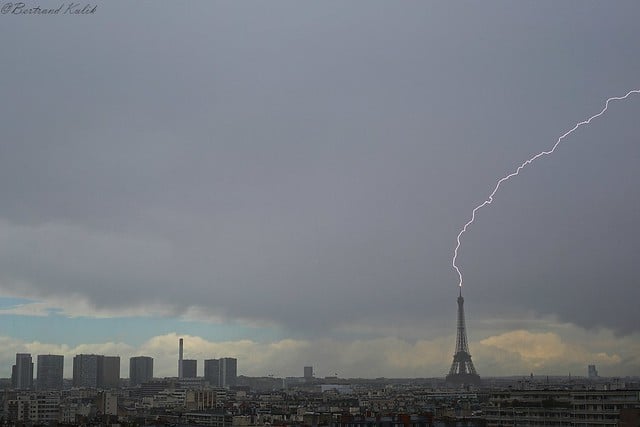The moment the bolt of lightning hit the iconic Paris monument was captured by photographer Bertrand Kulik (see below).
8 mai, impact de la libération#meteoparis#meteoville#keraunos#villedeparis#meteofrance#meteonordparisien#toureiffel#meteoville#mairiedeparis https://t.co/Ome4eEq761
— Kulik Bertrand (@ptrenard) May 8, 2019
Impact du 8 mai#toureiffel#keraunos#meteoville#meteonordparisiem#meteofrance#orage#mairiedeparis#parismaville#lightningstrike https://t.co/5s5JBVXw35
— Kulik Bertrand (@ptrenard) May 8, 2019



 Please whitelist us to continue reading.
Please whitelist us to continue reading.
Member comments